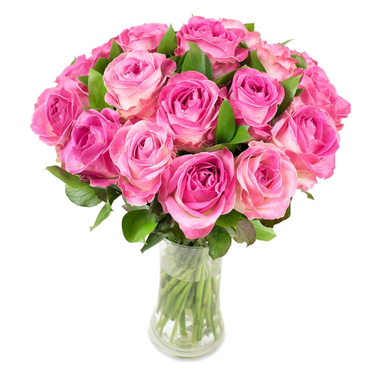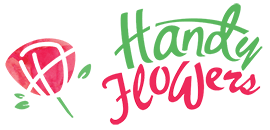Britain's Symbolic Flowers
Many countries have chosen a flower to represent their nation and use it as a symbol of a culture, a religion or even in remembrance of a historic event. The UK has embraced floral symbolism and England, Scotland, Wales and Northern Ireland each boast their national flower. Discover the flowers that each location has taken as its own, and learn why these particular flowers have been chosen to represent these regions.
 England
England
The phrase “English Rose” is known far and wide, which gives an immediate indication to the national flower of England. To be specific, the national rose of England is the Tudor Rose, which is an amalgamation of the red rose of Lancaster, and the white rose of York. The origin of the blended rose stems from the War of the Roses, during which the two royal houses battled for sovereignty. The war ended in 1485 at the Battle of Bosworth. Subsequently, Henry Tudor, a Lancastrian, married Elizabeth of York and the two Royal houses were officially joined. The marriage of the houses is symbolised in the blending of the two roses, and the Tudor Rose is now the national emblem of England.
Wales
The vibrant and fun daffodil is the flower that has been chosen to represent Wales. There is a theory that the Daffodil became the national flower of Wales by accident. You may be aware that the vegetable leek is also associated with Wales but did you know that the Welsh word for leek (cenhinen) is very similar to the Welsh word for daffodil (cenhinen pedr). The leek is thought to have become associated with Wales when St David advised the Welsh armies to wear Leeks in their caps so they could be easily distinguished from their enemy, the Saxons. Thus, the leek became the national vegetable of Wales and the Daffodil accidentally becoming the national flower owing to its similar name in Welsh. Some believe the English encouraged the daffodil to become widely associated with Wales rather than the leek as the leek was used during the country’s defeat of the English Saxons. Who knew that so much controversy could surround such a benign flower?
Scotland
The thorny thistle is the flower of Scotland, yet the origin of how it came to be so important is unknown. There is a legend that suggests the thistle saved a snoozing Scottish army from invading Norsemen. The story goes that as the Norse army approached the Scots in slumber, one Norsemen stepped on a thistle and cried out in pain. This cry awoke the Scots and alerted them to the oncoming threat which they then duly defeated. There are many different types of thistle, and no one kind is said to be the national flower. The beautiful thistle can be seen all over Scotland and is a popular choice of flower, not only in Scotland but all over the UK.
Ireland
Northern and Ireland share the same national flower, the shamrock. The shamrock is a type of clover and is widely recognised as being the national flower of Ireland. A legend tells of a time when St. Patrick brought Catholicism to the pagan Emerald Isle in the 5th century then he used the shamrock to explain the Holy Trinity (The Father, The Son and the Holy Spirit). However, the Shamrock is said to have held significance before this, and it is believed that ancient Irish druids revered the plant and thought it to have magical qualities as it has three leaves and in ancient druid times, three was a magical number. Woe betide anyone who confuses the Irish shamrock with the four-leaf clover, and many do, especially when it comes to celebrating St. Patrick’s Day!
